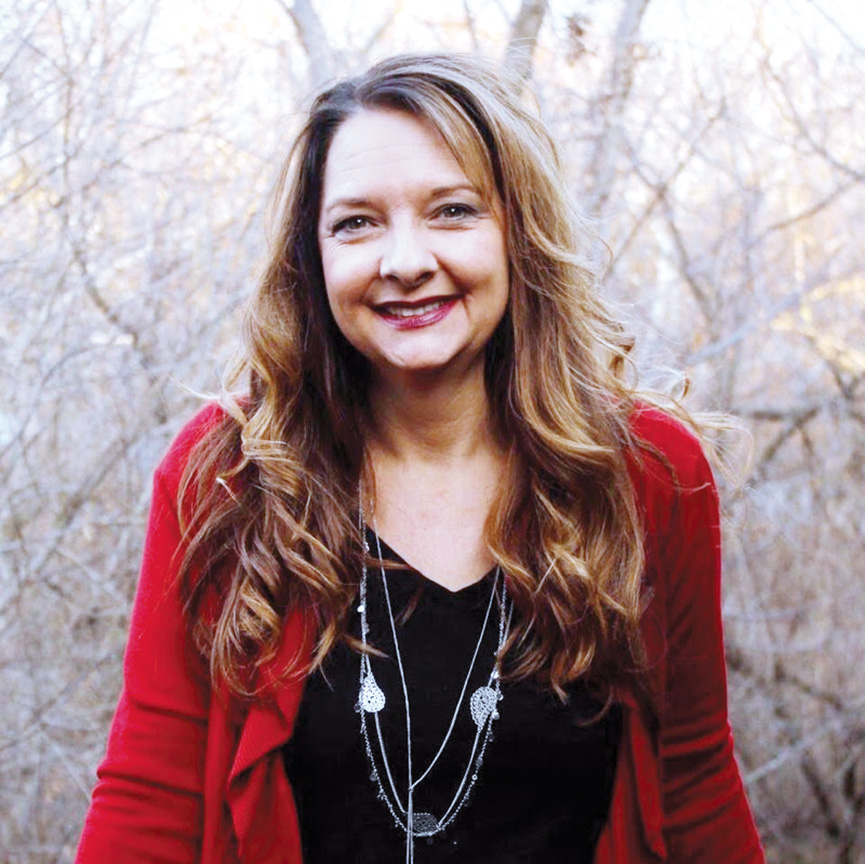
Kalie Strain
Editorial Assistant
Seasonal Affective Disorder (SAD) is a disorder that affects 4-6% of people in the United States, and up to 20% of Americans suffer from a milder form of SAD, according to the American Academy of Family Physicians (AAFP).
SAD is a disorder that can affect someone in the winter or summer, but it’s most often a winter issue. Symptoms of fall-winter onset SAD are depression, increased sleep, increased appetite, feelings of hopelessness, anxiety, and even headaches, according to AAFP.
There are several ways to help ease the symptoms of SAD.
“Sometimes a lot of… our mental health treatment sometimes is just working with people on awareness and then teaching them what steps or working with them on creating a plan for when they feel that way,” said Tiffany Castleman, who has a Ph.D. in education leadership and psychology and is a licensed professional counselor in both Missouri and Kansas.
Castleman is the vice-president of Family Services & Support at the Mattie Rhodes Center.
Mattie Rhodes provides many services to the surrounding community, with mental health care being one of them.
General self-care can be an easy first step in the right direction.
Actively paying attention to mood and energy levels and planning enjoyable activities can help ease symptoms.
Exercising more can also go a long way in improving mood as well.
“There’s even been research out there that says exercise is more effective than antidepressants. So that is a good, low-cost kind of treatment,” said Castleman.
Light therapy may also help people suffering from SAD. Light therapy is the use of a 10,000-lux lightbox to substitute for the lack of sunlight during the winter months.
According to the University of British Columbia, light therapy is best used during the morning and in part with a consistent sleep schedule.
People considering using light therapy should make sure to purchase one with white fluorescent light bulbs that have an ultraviolet (UV) ray filter. UV rays can damage skin and eyes.
People curious about this treatment should consult with their doctor.
Cognitive Behavioral Therapy (CBT) is another way to help with SAD. CBT is sitting down with a therapist and working through thoughts and feelings, and discussing what steps to take to rework how one thinks about their emotions and situations that are affecting them.
“I’d really like for people to embrace the idea of mental health,” said Castleman. “There’s a stigma around mental health or asking for help and I would like for it to eventually be just like any type of general health. If you seek services for mental health, it’s not something to be embarrassed about. It’s being proactive about improving your life.”
Mattie Rhodes is a resource for the Northeast community and they offer mental health care on a sliding-scale fee.
This means that families and individuals with lower incomes will pay only a small fee or no fee at all for mental health services. Mattie Rhodes has therapists that speak both English and Spanish.
To set up an appointment call the Mattie Rhodes’ 148 North Topping Avenue office at (816) 241-3780.
The office staff will ask what kind of services the caller is looking for and will set them up for an intake session. This intake session is used to match people with an appropriate counselor to meet their needs.

















